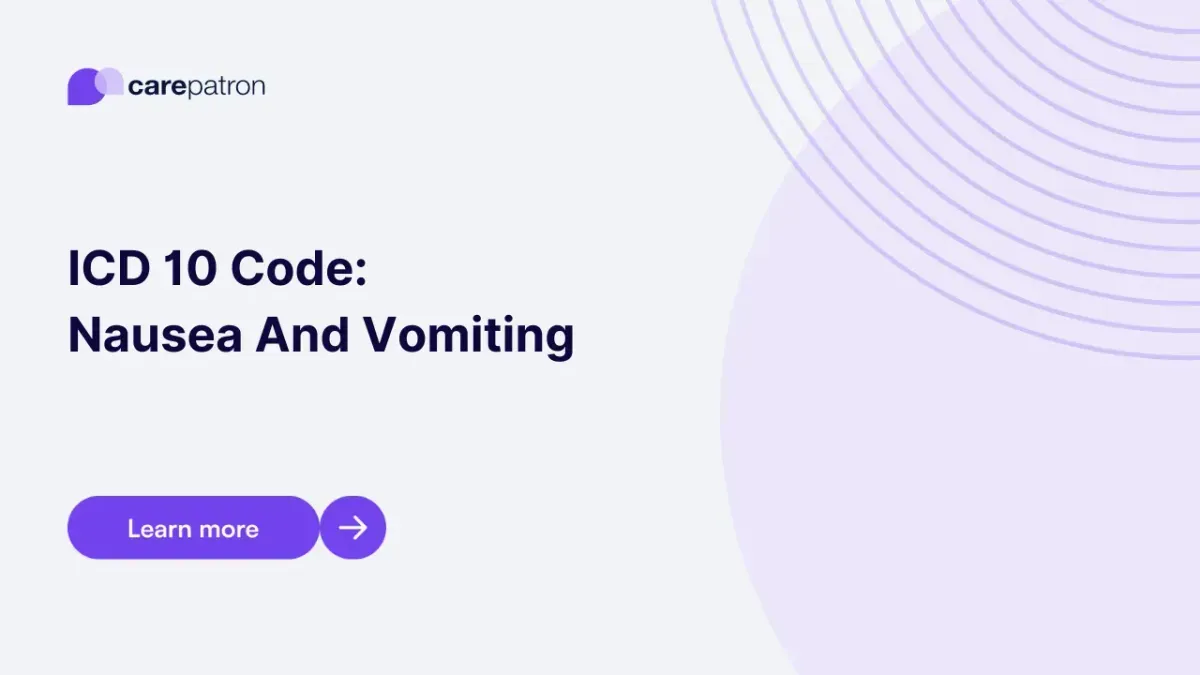
Nausea And Vomiting ICD-10-CM Codes
Read this short guide and learn about nausea and vomiting ICD codes you can use.
Use Code
Commonly asked questions
Yes, but we don't recommend using them because they are also invalid.
Serious causes include intestinal blockages/obstructions, brain tumors, concussions, and meningitis, to mention a few.
Whatever is causing the nausea and vomiting needs to be addressed. Managing the nausea and vomiting can be as simple as eating slowly and food that isn't hard to digest (or cutting up your food into small bits). It can also be as simple as drinking enough water over other drinks like soda or alcohol.
EHR and practice management software
Get started for free
*No credit card required
Free
$0/usd
Unlimited clients
Telehealth
1GB of storage
Client portal text
Automated billing and online payments
